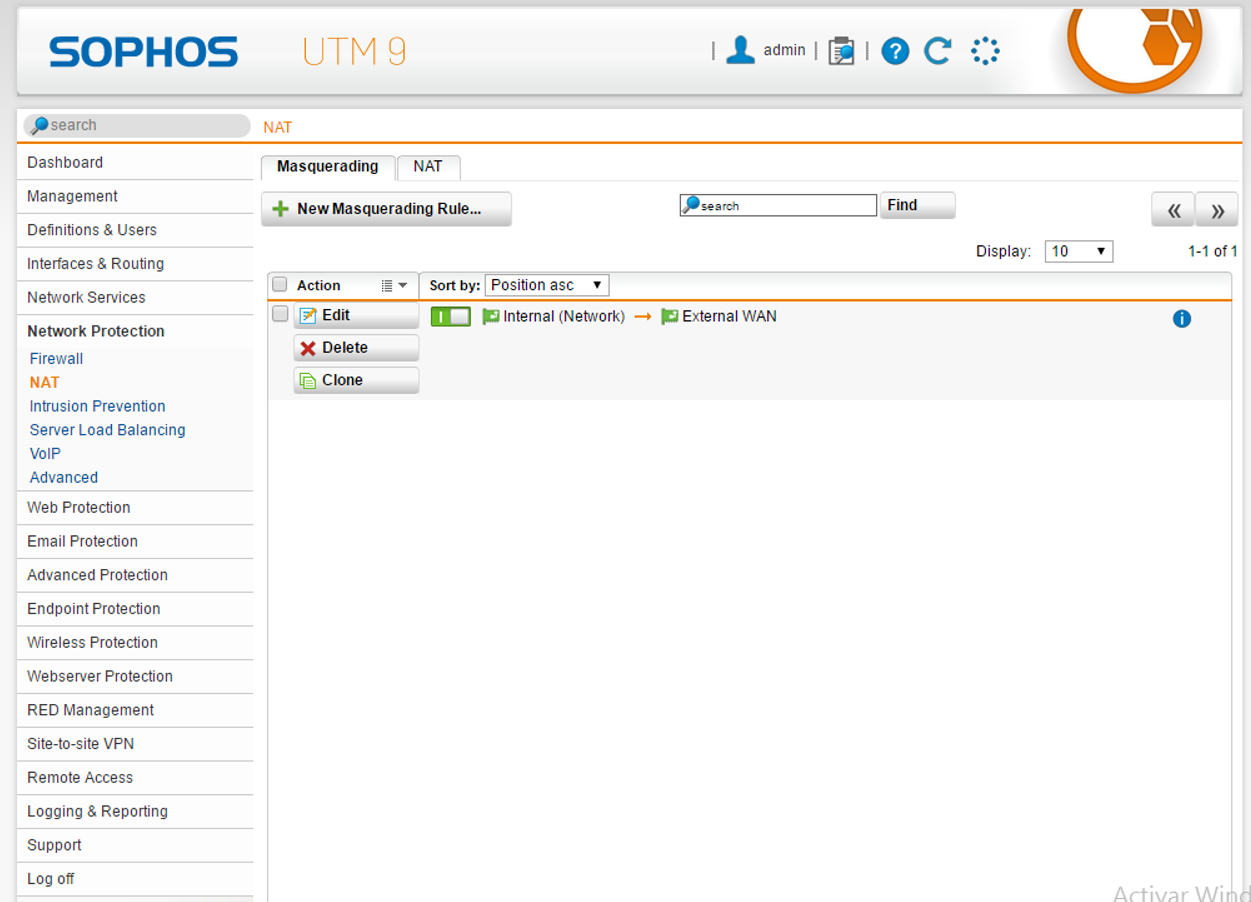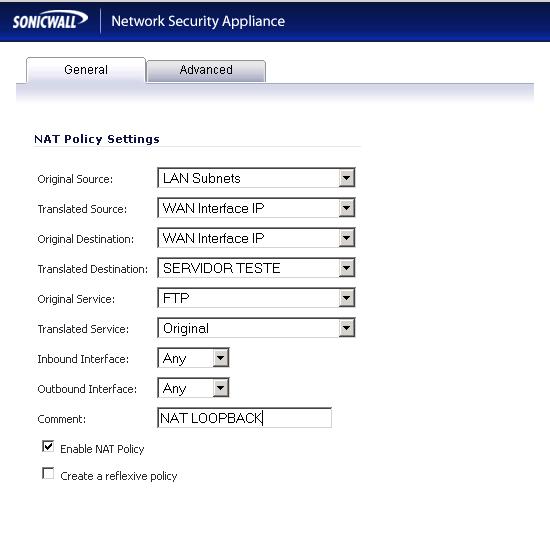
#Sophos loopback nat how to#
When you complete this unit, you'll know how to do the following: It also shows how to create firewall rules to allow the traffic. This example shows how to create a many-to-many destination NAT rule with port translation for incoming traffic to internal servers. Create Port Address Translation (PAT) rule for traffic to internal servers Mar 17, 2023 Your browser doesn’t support copying the link to the clipboard. It will remain unchanged in future help versions. Add a DNAT rule with server access assistantĪlways use the following when referencing this page.Create a firewall rule with a linked NAT rule.Create a source NAT rule for a mail server (legacy mode).Specify firewall rule settings for reflexive NAT rule.Specify firewall rule settings for the loopback rule.Specify firewall rule settings for the DNAT rule.Create Port Address Translation (PAT) rule for traffic to internal servers Create Port Address Translation (PAT) rule for traffic to internal servers Table of contents.Create a firewall rule to allow outbound traffic matching the reflexive NAT rule, if required.Edit the rules to specify other settings, if required.Sophos Firewall evaluates rules from top down. Reposition the rules in the NAT rule table and the firewall rule table to meet your requirements.Once the firewall matches traffic with the DNAT rule, it won't evaluate the loopback rule, which is listed below it, making the loopback rule redundant.įor these instances, you can create a DNAT rule manually to translate traffic between internal subnets. So, it doesn't create a loopback rule automatically when you specify the following settings in a single DNAT rule: External source networks and devices set to Any and the Public IP address set to a non-interface IP address (traffic reaching a non-interface IP address can flow through any inbound interface).įor these settings, the loopback rule's source network and inbound interface would be the same as the DNAT rule's. The firewall rule name includes the DNAT rule name.įor automatically created loopback rules, Sophos Firewall sets the source networks and the inbound interface to Any. The reflexive and loopback rule names include the name and rule ID of the DNAT rule you created. The rules are added at the top of the NAT rule table and the firewall rule table and turned on by default. The server access assistant creates DNAT, reflexive SNAT, and loopback NAT rules for address translation and a firewall rule to allow inbound traffic to internal servers. To automatically create a loopback rule for internal users to access the server, select Any. Select the source networks and devices from which users can access the internal server. To specify port translation, edit the rules later. You can add them before you create the rules with the server access assistant or when you edit the rules later. Select the services users can access on the internal server. To specify more than one public interface or IP address, edit the rules later. If you enter an IP address, Sophos Firewall automatically creates an IP host with the assigned name. Alternatively, you can enter a public IP address. Select a public IP address or WAN interface. To specify more than one server, edit the rules later. If you enter the server's IP address, Sophos Firewall automatically creates an IP host with the assigned name. To specify the internal server, either select the server from the list or enter its private IP address. Specify the internal server to which you want to provide internet access. Click New firewall rule and select Server access assistant (DNAT). Go to Rules and policies > Firewall rules, select protocol IPv4 or IPv6 and click Add firewall rule.

Go to Rules and policies > NAT rules, select IPv4 or IPv6 and click Add NAT rule.Select the server access assistant from one of the following options:.To add other rule settings, you can edit these rules later.


The assistant also creates a reflexive SNAT rule (for outbound traffic from the servers), a loopback rule (for internal users accessing the servers), and a firewall rule (to allow inbound traffic to the servers) automatically.Ĭreating NAT and firewall rules that meet basic requirements using the server access assistant is a simple process. Use the server access assistant to create DNAT rules to translate incoming traffic to servers, such as web, mail, SSH, or other servers, and access remote desktops. The server access assistant helps you create destination NAT (DNAT) rules for inbound traffic to internal servers. Add a DNAT rule with server access assistant Mar 24, 2022 Always use the following when referencing this page.


 0 kommentar(er)
0 kommentar(er)
